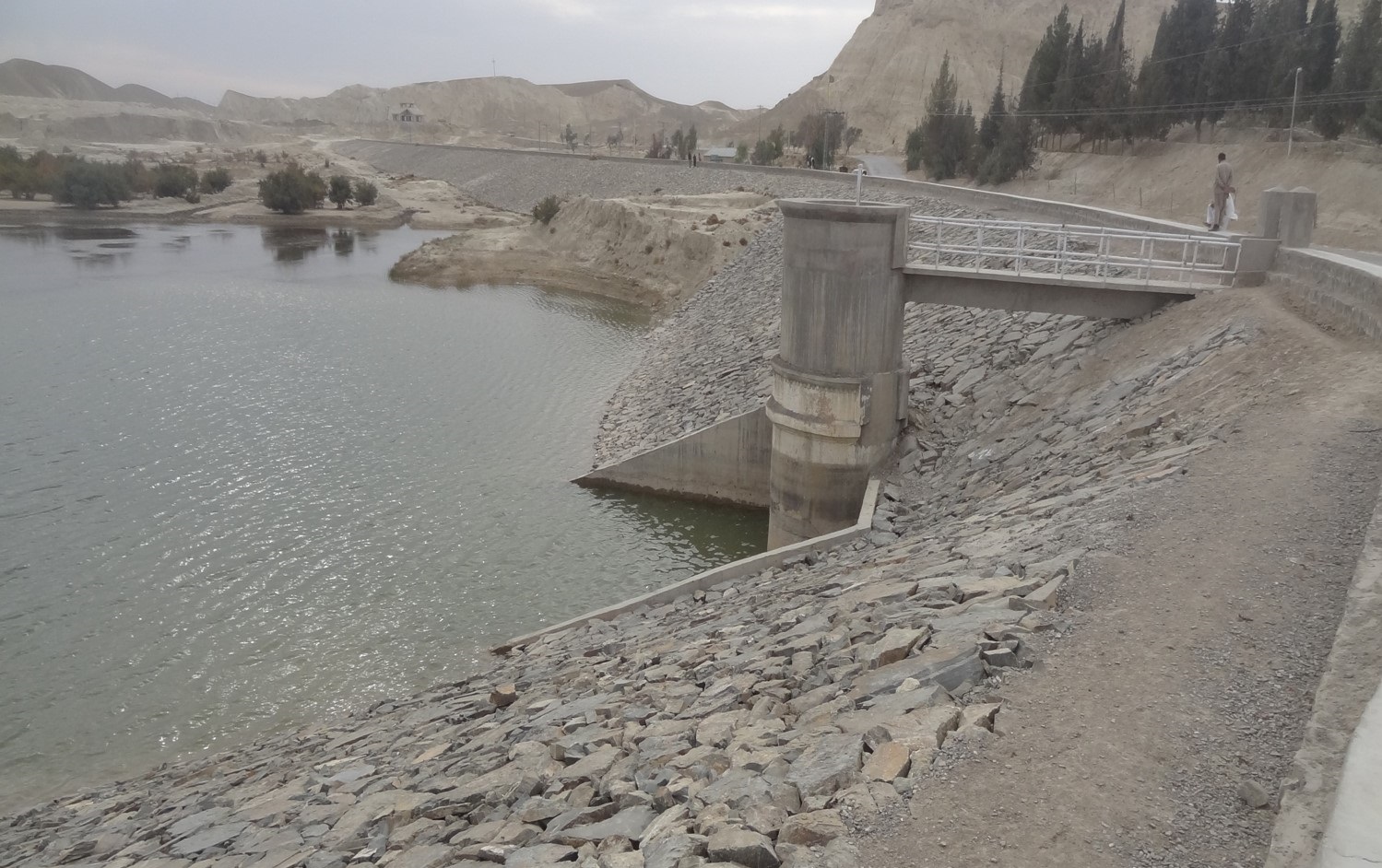
The Indus Basin Irrigation System (IBIS) of Pakistan is a major user of surface and groundwater and provides food and economic security for about 207 million people. To assess the impact of agricultural development on water resources, we developed surface water balances for its canal commands and examined trends from 1981‐82 to 2012‐13. In this semi-arid environment, crop water use is the major water balance term. We estimated it by computing actual evapotranspiration (ETa) from two different remote sensing methods, ETLook and CMRSET, to account for method uncertainty. Net groundwater use was a small component of the water balance in most canal commands, particularly in the Sindh province. The measured or estimated known terms in the water balance did not result in its closure; and a balance term of unaccounted outflows and inflows was required to close it. Measured and readily estimated components amounted to 80 – 90% of the water balance components, with unaccounted inflows and outflows accounting for the remaining 10 – 20%. Of the measured water balance terms, rainfall showed no statistically significant trend in any canal command, whereas canal deliveries decreased significantly in many canal commands.

